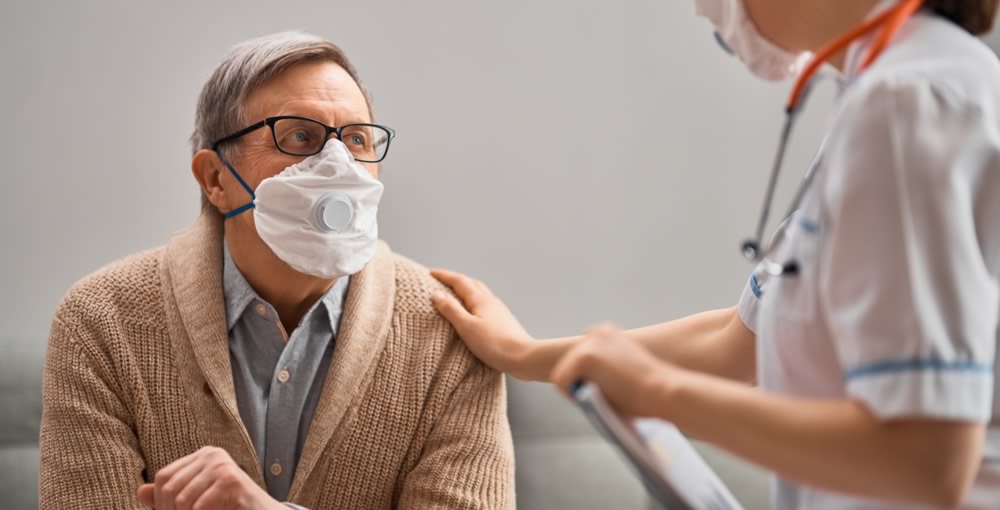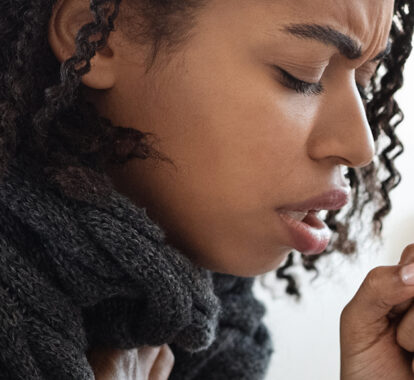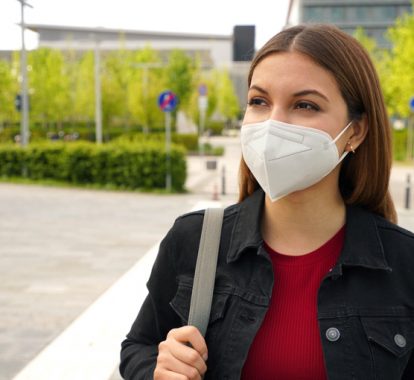Have you been exposed to COVID-19?
June 24, 2020

Understanding the definition of COVID-19 exposure helps reduce anxiety and fear when deciding how to care for your health and those around you.
As COVID-19 positive test rates rise in Bexar, Comal, Williamson and Travis counties and across Texas, many are wondering if they have been exposed to the virus.
The CDC defines COVID-19 exposure as a person who has had close contact to a person who has tested positive for COVID-19.
CLOSE CONTACT = Less than 6 feet distance for 15 minutes or longer.
“We are seeing unprecedented volume due to the demand for COVID-19 testing, and the positive test rate has increased. There is one very common theme: People wanted to get together with other people but were not practicing social distancing or wearing a mask to reduce their risk of exposure,” said Texas MedClinic Chief Operating Officer and practicing physician Dr. David Gude.
Gude urges people to continue to follow social distancing, hand washing and wearing face coverings or masks to minimize risk and exposure to the virus. “The pandemic has not gone away. The cautious practices we developed in March, April and May were effective in limiting the spread of the virus. Those practices need to continue through the pandemic when interacting with others, whether at school, work or social events during the pandemic.”
The CDC released on June 15 these guidelines on every-day, normal interactions to help people navigate living within a pandemic.
Guiding principles on low, medium and high-risk exposures:
- The more people an individual interacts with and the longer that interaction lasts, the higher the potential risk of becoming infected with COVID-19 and COVID-19 spreading.
- The higher the level of community transmission in an area, the higher the risk of
COVID-19 spreading during a gathering.
Examples of low, medium and high-risk exposures:
Lowest risk: Virtual-only activities, events, and gatherings.
More risk: Smaller outdoor and in-person gatherings in which individuals from different households remain spaced at least 6 feet apart, wear cloth face coverings, do not share objects, and come from the same local area (e.g., community, town, city, or county).
Higher risk: Medium-sized in-person gatherings that are adapted to allow individuals to remain spaced at least 6 feet apart and with attendees coming from outside the local area.
Highest risk: Large in-person gatherings where it is difficult for individuals to remain spaced at least 6 feet apart and attendees travel from outside the local area.
Testing, Isolation and Quarantine
COVID-19 antigen tests are available to anyone wishing to have a test to learn if they are currently infected.
If a COVID-19 test is positive, a person must isolate.
If a COVID-19 test is negative, but there has been exposure, a person must quarantine.
To understand the differences between quarantine and isolation, click here.





